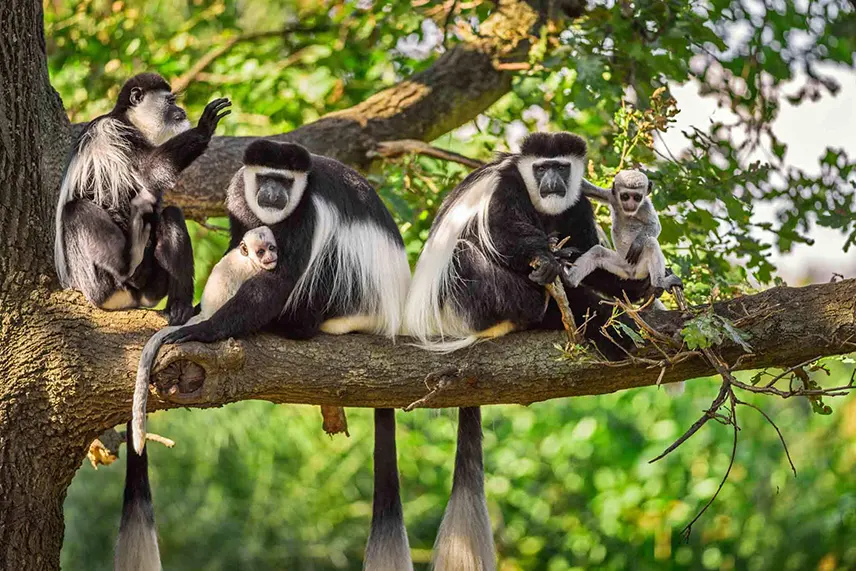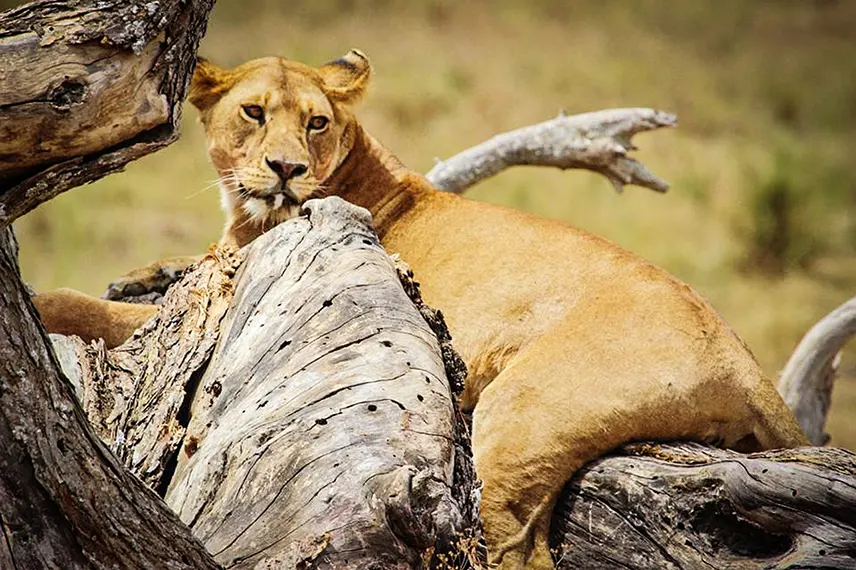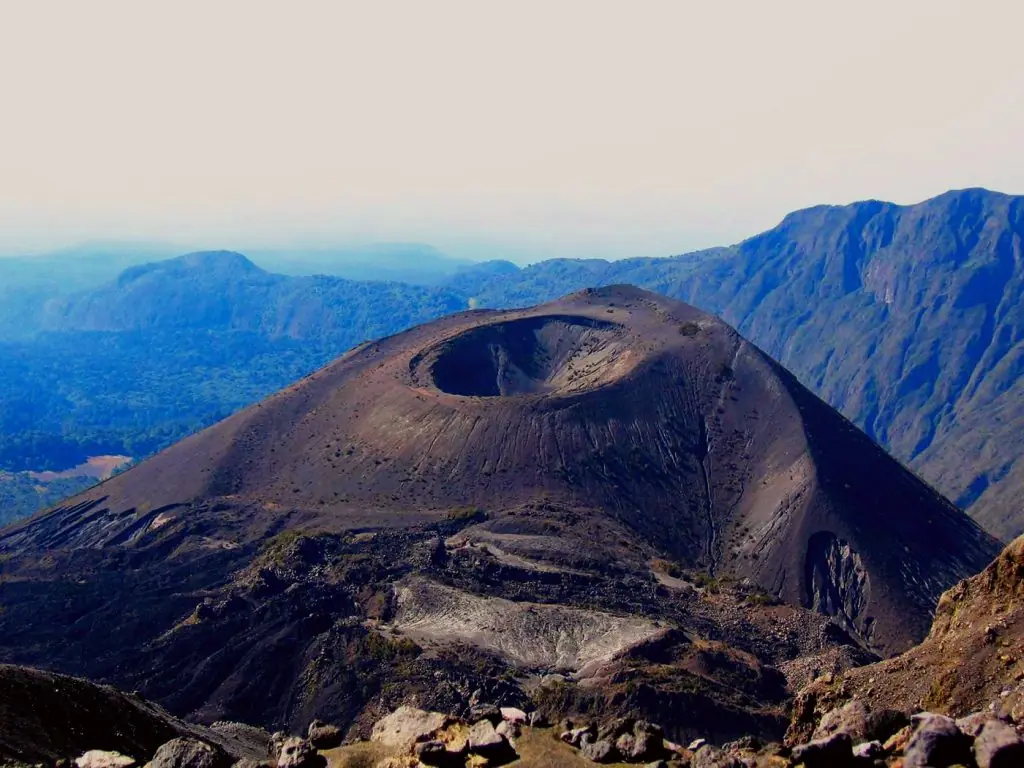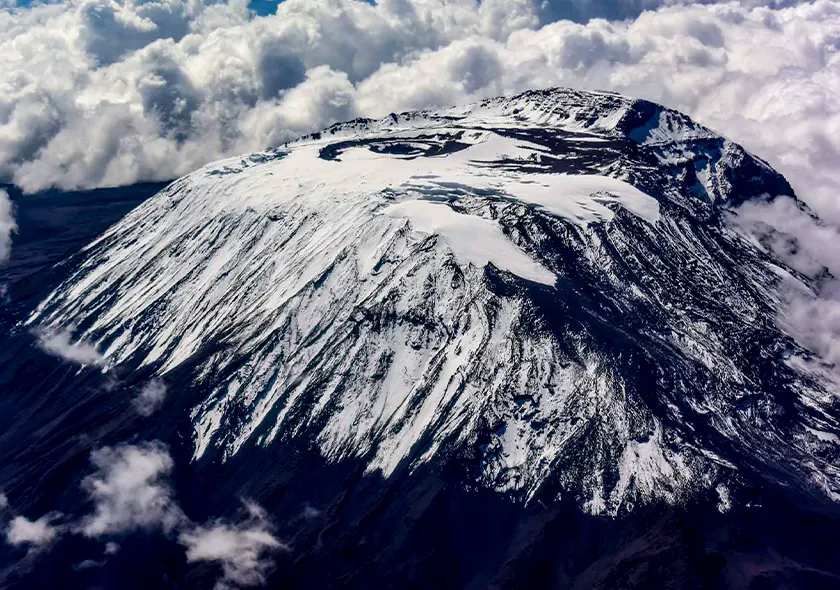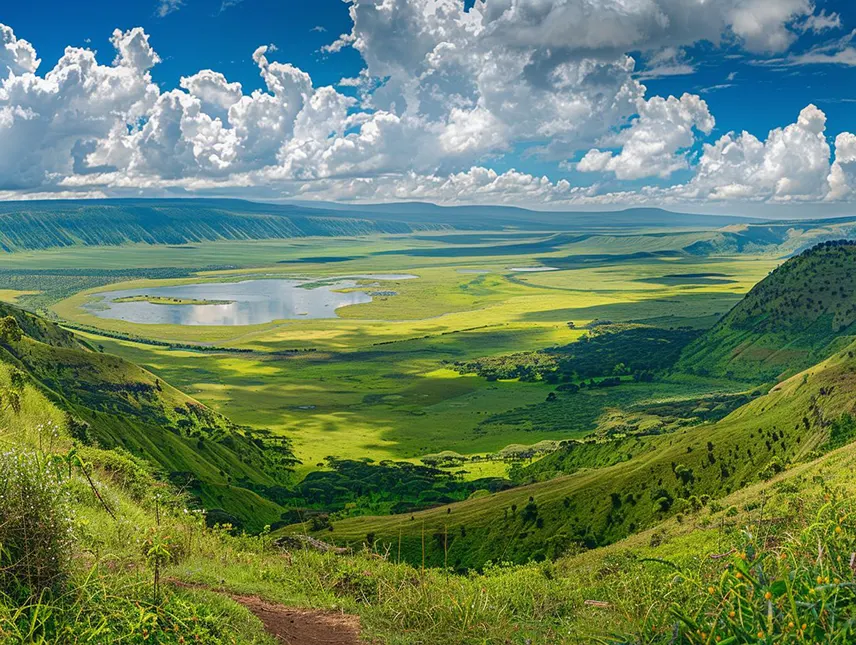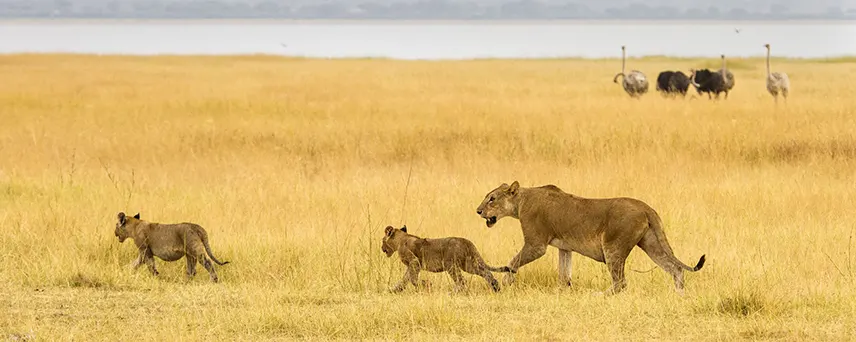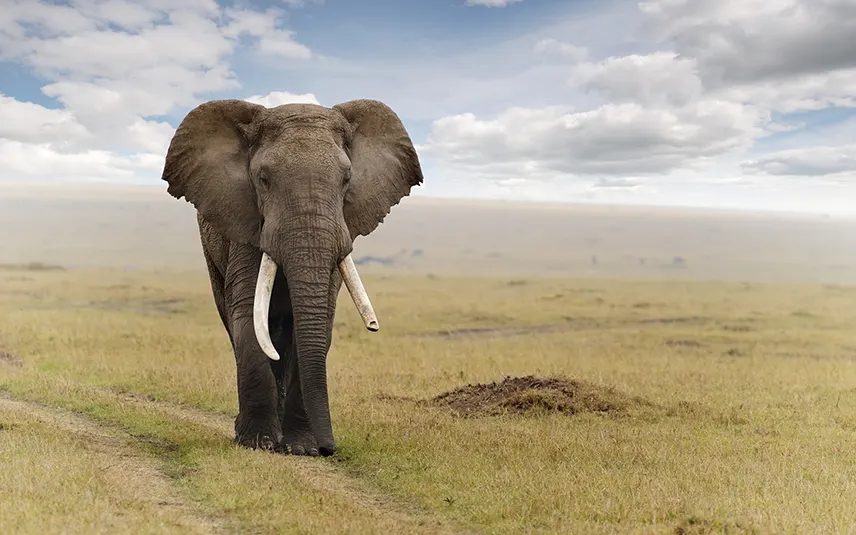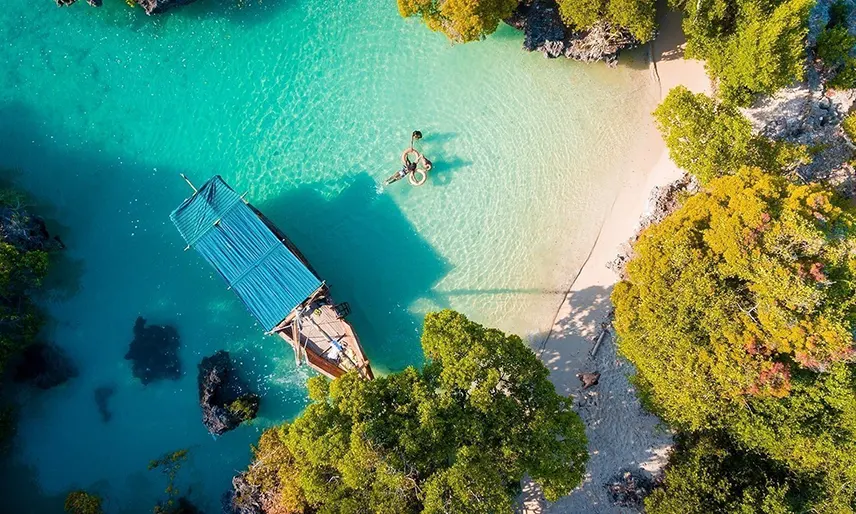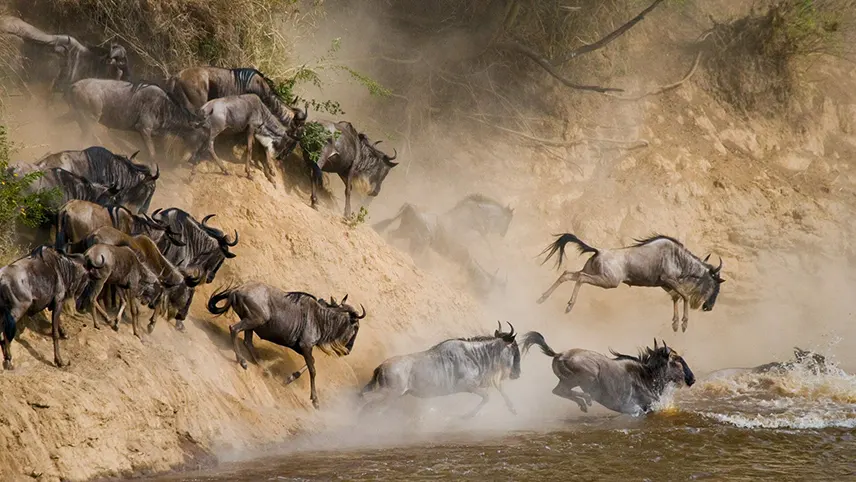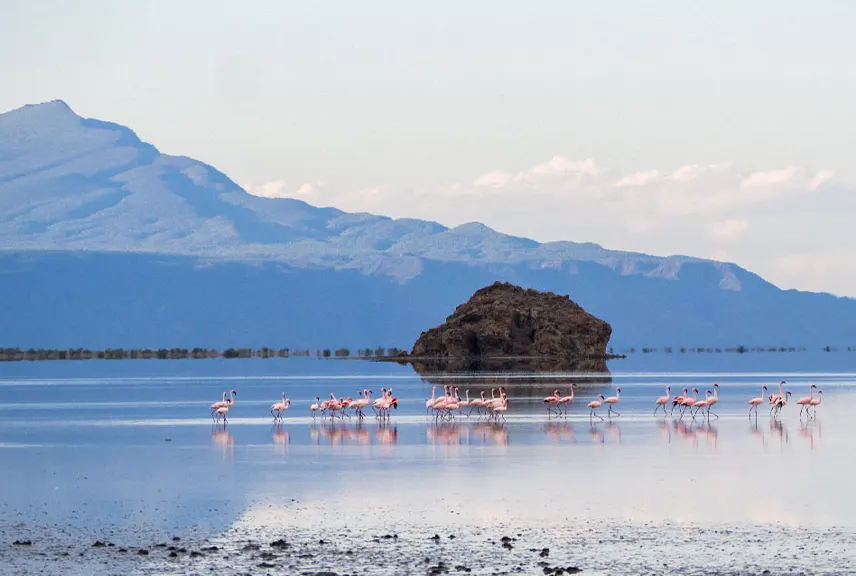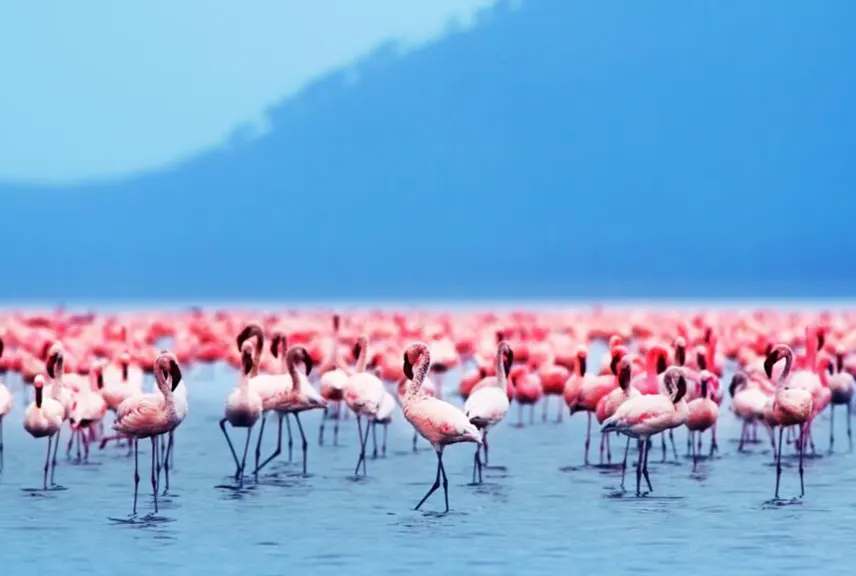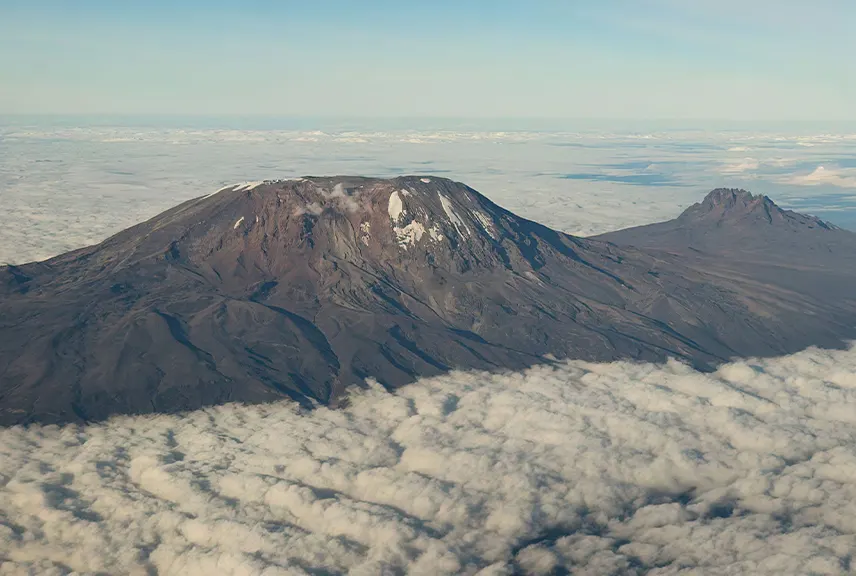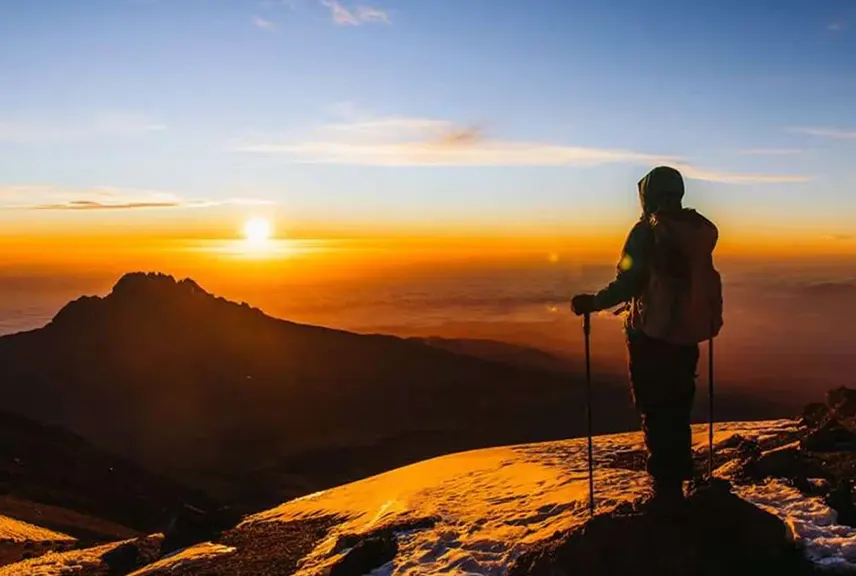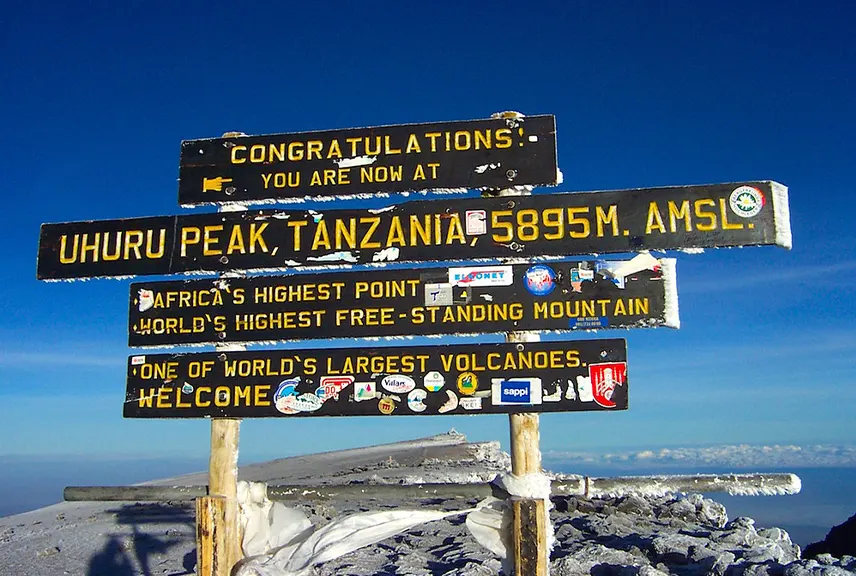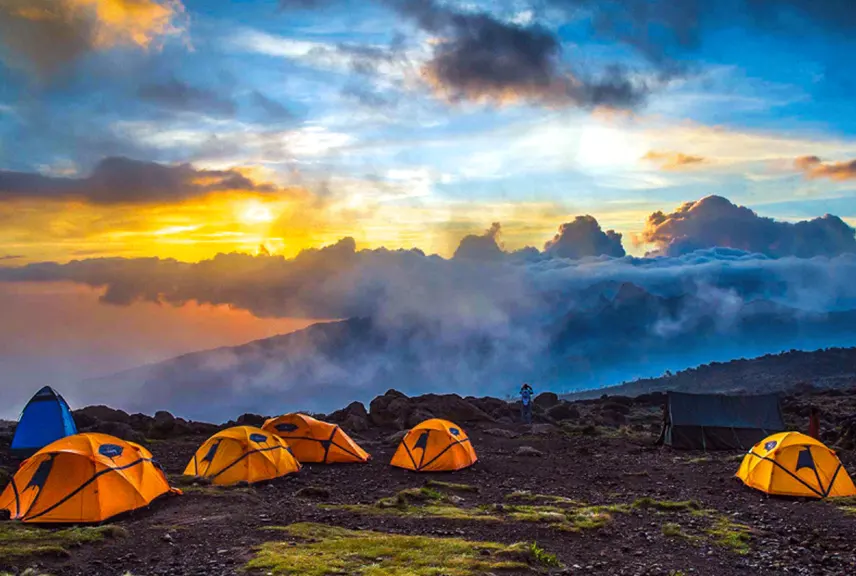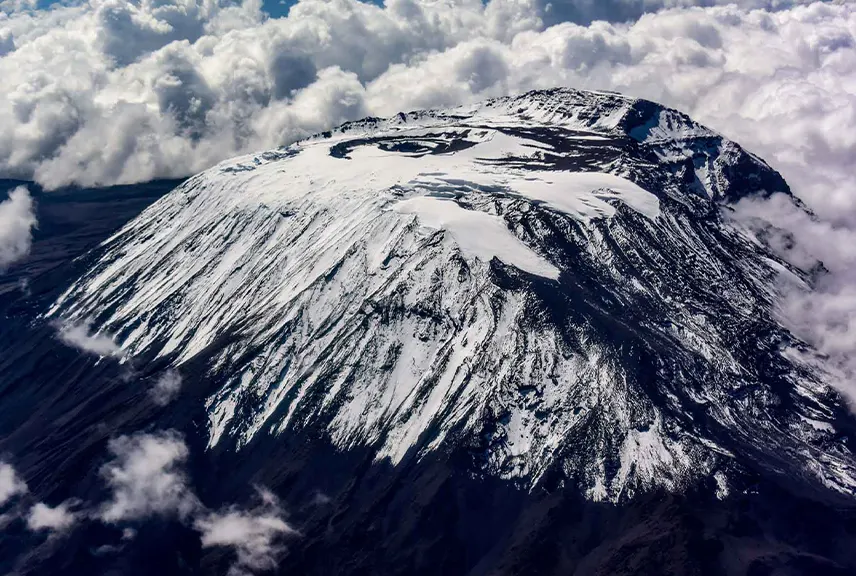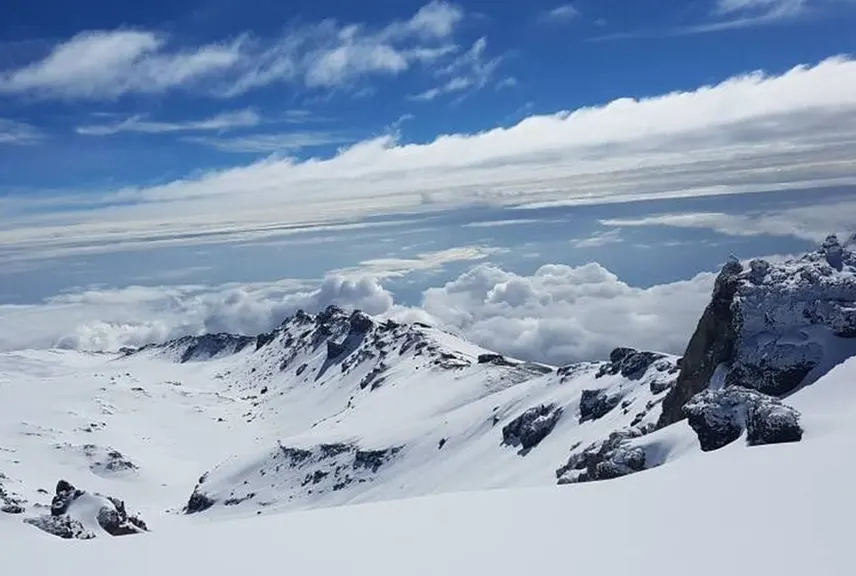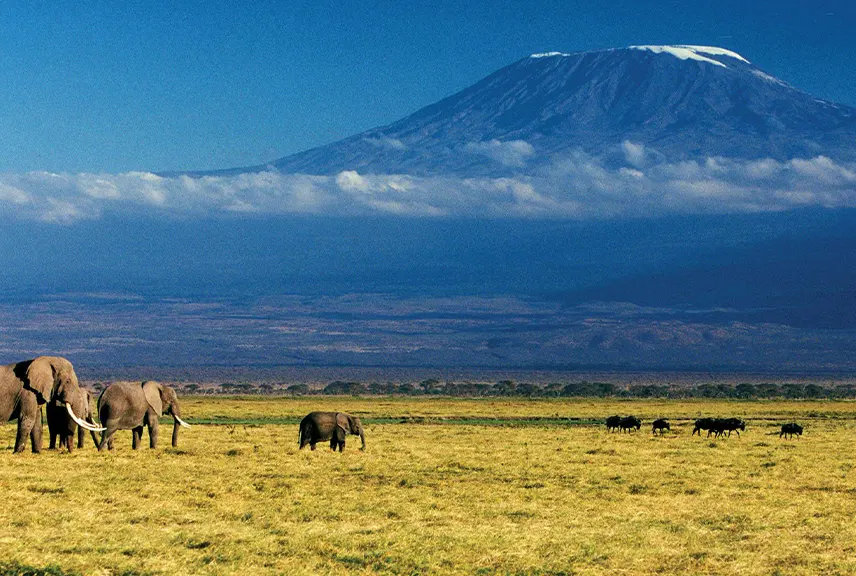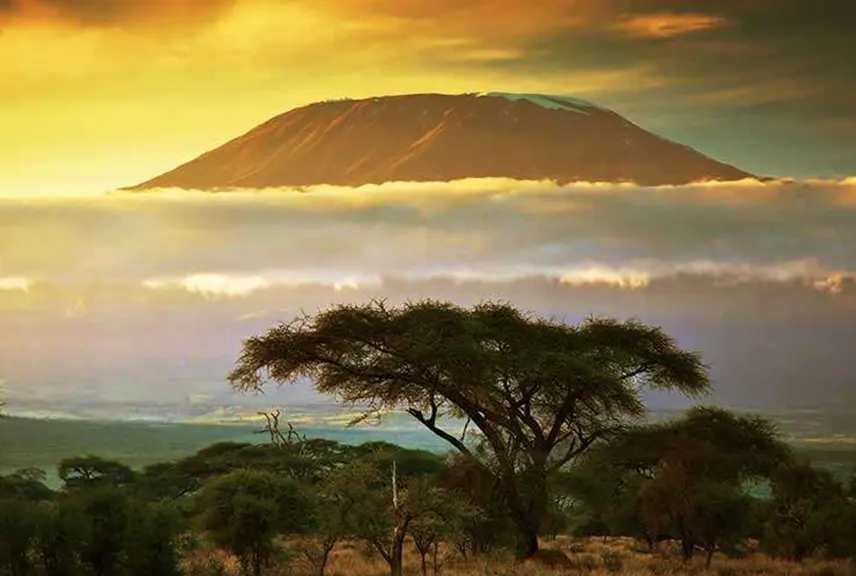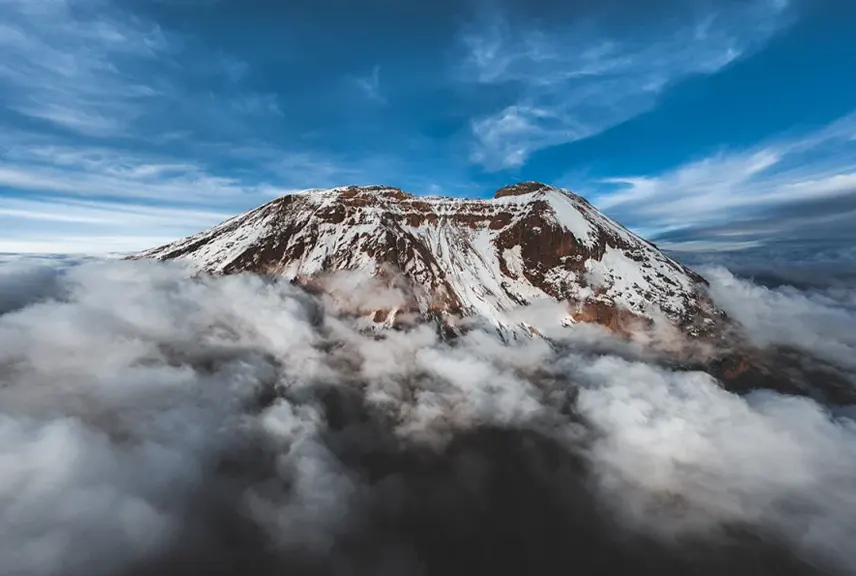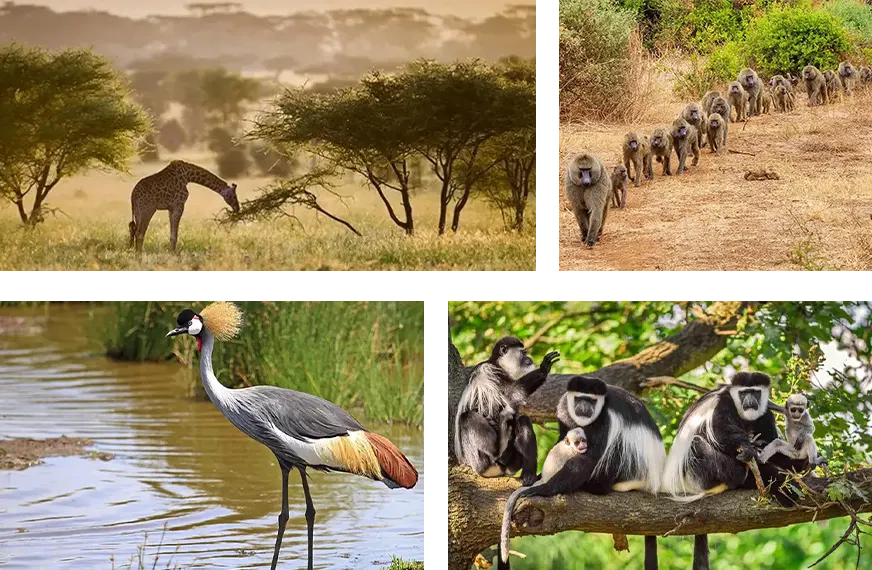The Great Wildebeest Migration is one of nature’s most remarkable spectacles. Every year, over two million wildebeests, zebras, and gazelles traverse the Serengeti-Mara ecosystem in search of fresh grazing lands, creating a breathtaking display of survival, instinct, and beauty.
Planning a wildebeest migration safari requires understanding the migration’s patterns, selecting the best time and location, and making informed travel arrangements. This guide provides a step-by-step approach to help you experience this unforgettable adventure.
The Great Wildebeest Migration Safari: The What, Where, When, and Why
What Is the Great Wildebeest Migration?
The migration involves wildebeests, zebras, and antelopes moving through the Serengeti National Park in Tanzania and the Maasai Mara Reserve in Kenya. Predators like lions, crocodiles, and hyenas follow closely, making for thrilling wildlife encounters.
Where Does It Occur?
- Tanzania: Serengeti National Park is the starting point, where calving season occurs.
- Kenya: The migration reaches the Maasai Mara, famed for river crossings and predator activity.
When Is the Best Time?
- January–March: Calving season in the southern Serengeti.
- June–July: River crossings begin as herds head north.
- August–October: Action-packed Mara River crossings in Kenya.
- November–December: Migration returns to Tanzania.
Why Experience It?
The migration showcases the circle of life, from newborn calves to dramatic predator-prey interactions. It’s a dream for photographers, wildlife enthusiasts, and adventurers alike.
Steps to Plan Your Easy Travel Great Wildebeest Migration Safari Tour
1. Understanding the Wildebeest Migration
Before planning your safari, familiarize yourself with the migration cycle. Knowing where the herds are likely to be during your visit ensures you don’t miss the action.
2. Timing Your Safari
The timing depends on what aspect of the migration you want to witness:
- Calving Season: Best for seeing newborns and predator activity.
- River Crossings: Witness dramatic crossings at the Grumeti or Mara rivers.
- Wider Migration Experience: Plan a longer trip spanning multiple locations.
3. Selecting the Perfect Location
Choose your destination based on the migration’s movement during your planned travel dates:
- Southern Serengeti: January to March for calving.
- Central Serengeti: April to May for grazing.
- Western Serengeti/Grumeti: June for river crossings.
- Northern Serengeti/Maasai Mara: July to October for peak river crossings.
4. Choosing the Right Accommodation
Accommodations range from luxury lodges to mobile camps that follow the migration.
Options Include:
- Luxury Lodges: Serengeti Serena Safari Lodge or Angama Mara.
- Mobile Camps: Serengeti Migration Camp for flexibility and proximity to the herds.
- Budget Options: Public campsites and mid-range tented camps.
5. Booking Your Safari
Work with a trusted tour operator for seamless planning.
What to Look For in an Operator:
- Experienced guides are familiar with migration patterns.
- Customizable itineraries.
- Transparent pricing, including park fees and permits.
Recommended Tour Companies:
- Easy Travel Tanzania.
- Asilia Africa.
- &Beyond Safaris.
6. Preparing for Your Safari
Ensure your passport, visas, and vaccinations are up to date. Many countries require a yellow fever vaccination certificate for entry into Tanzania or Kenya.
7. Packing for Your Wildebeest Migration Safari
Pack light but smart, focusing on essential safari gear:
- Neutral-colored clothing.
- Comfortable hiking boots.
- Wide-brimmed hat and sunscreen.
- Camera gear with extra batteries and memory cards.
- Binoculars for close-up wildlife viewing.
8. Health and Safety Precautions
- Health: Carry antimalarial medication and a basic first-aid kit.
- Safety: Follow your guide’s instructions, especially during predator sightings or river crossings.
9. Respecting Wildlife
- Maintain a safe distance from animals.
- Avoid making loud noises or sudden movements.
- Support eco-friendly practices to protect the Serengeti-Mara ecosystem.
10. Additional Experiences and Activities
Enhance your trip by including:
- Hot Air Balloon Safaris: A bird’s-eye view of the Serengeti.
- Cultural Tours: Visit Maasai villages to learn about their traditions.
- Night Game Drives: Spot nocturnal species.
11. Capturing Your Memories
- Photography Tips: Use a zoom lens to capture action from a safe distance.
- Journaling: Document your daily experiences to relive the adventure.
Bottom Line?
A wildebeest migration safari is an extraordinary journey, offering unmatched wildlife encounters and unforgettable memories. Careful planning and choosing the right tour operator are crucial to maximizing your experience.
Getting You There?
Start by booking flights to Kilimanjaro International Airport (JRO) or Nairobi’s Jomo Kenyatta International Airport (NBO). From there, domestic flights and road transfers can take you to the Serengeti or Maasai Mara.
FAQs
What is the best time to witness the Great Migration?
June to October is ideal for river crossings, while January to March is perfect for calving season.
How long should my migration safari last?
A typical safari ranges from 5 to 10 days to allow enough time to explore multiple regions.
What is the cost of a wildebeest migration safari?
Prices vary widely, from $300 per day for budget options to $1,000+ per day for luxury experiences.
Do I need a visa for Tanzania or Kenya?
Yes, most visitors need a visa. Apply online or on arrival, depending on your nationality.
Can children join a migration safari?
Yes, many lodges and operators offer family-friendly safaris with activities tailored for kids.
Are vaccinations necessary?
Yellow fever and malaria prophylaxis are recommended. Check with your healthcare provider.
